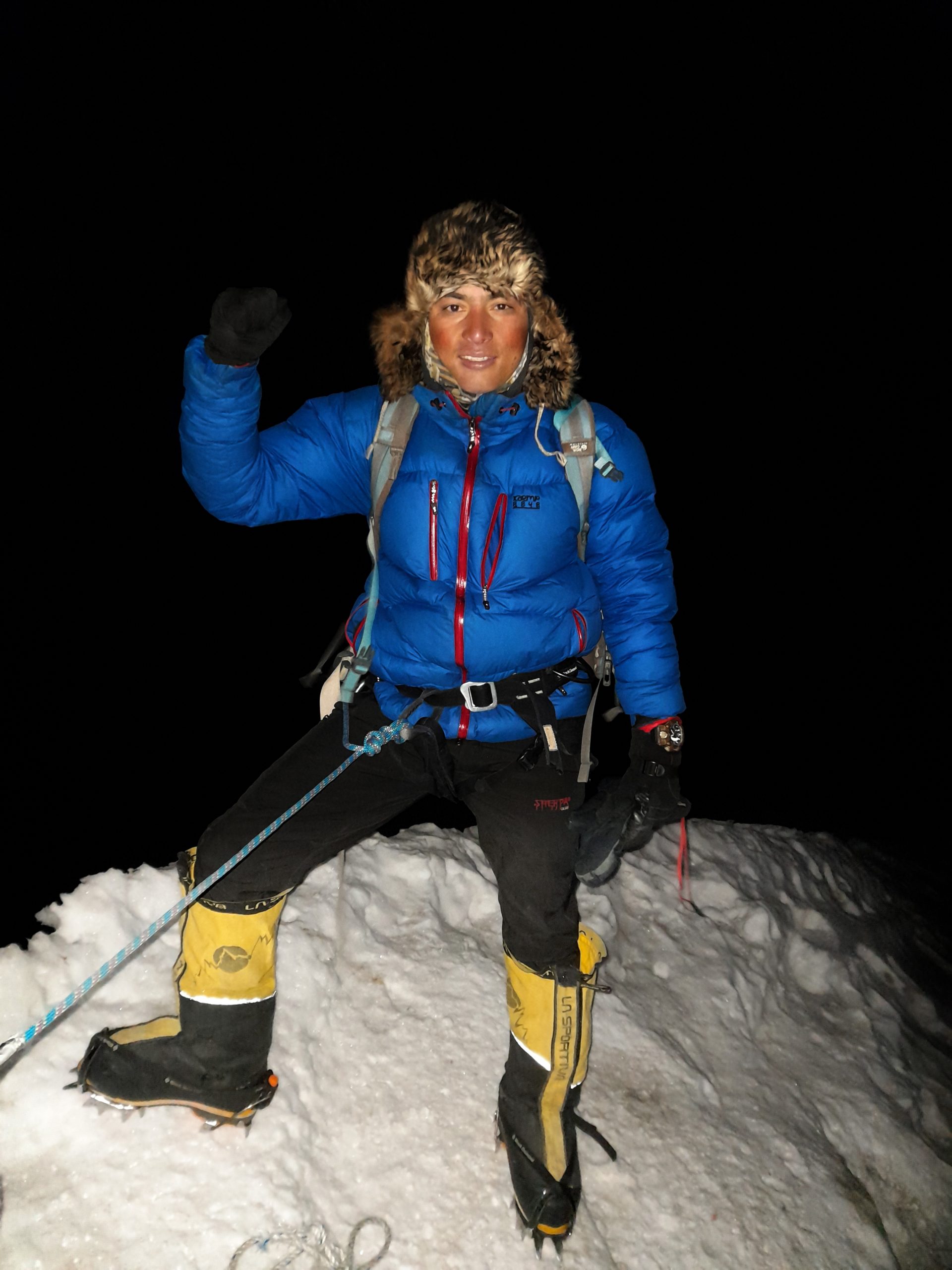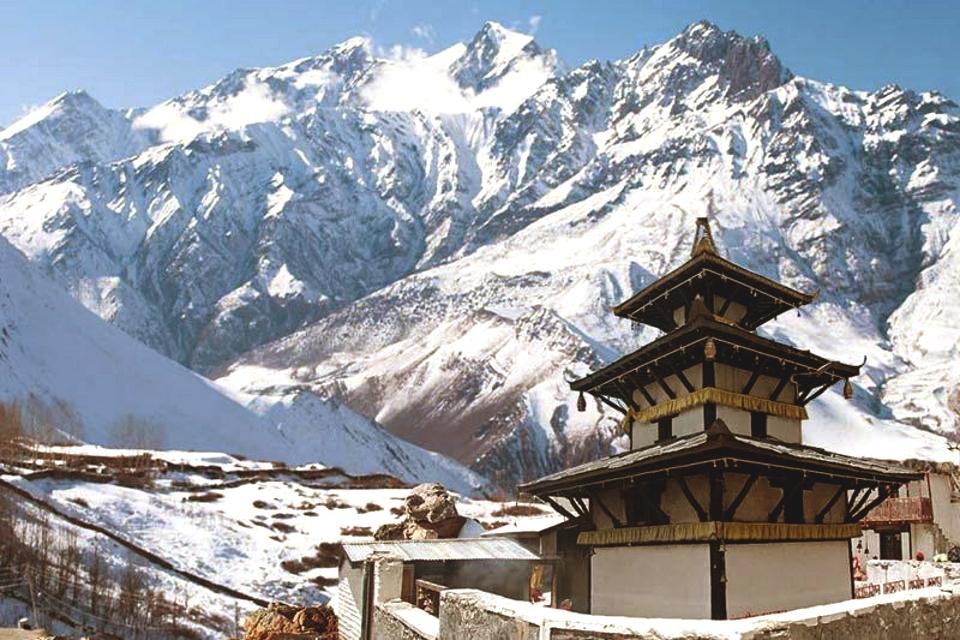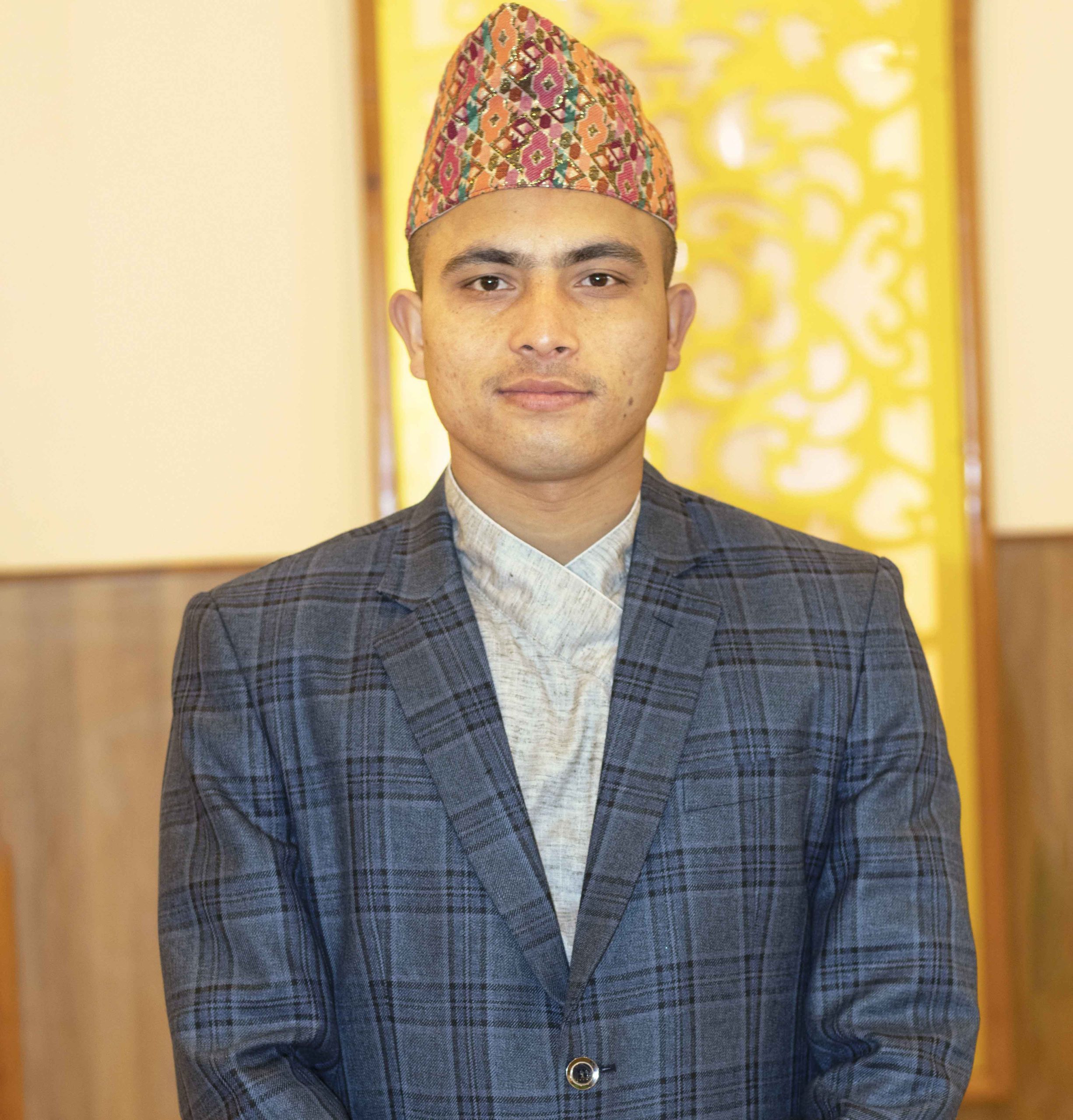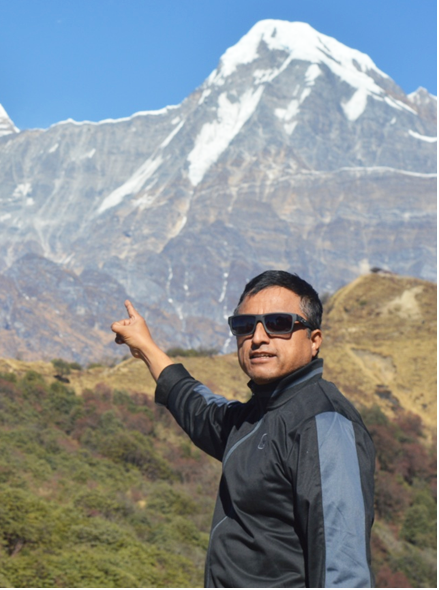Trip Introduction
Introduction
The Jomsom Muktinath Trek by the way of Ghorepani is a very popular trekking trail in the Annapurna region. It is located in a mid-western part of Nepal in the Myagdi and Mustang districts. The Mustang district is two parts Upper and Lower parts. Jomsom Muktinath is the lower part of the Mustang. The Muktinath and Kagbeni are the borders of the lower and Upper Mustang.
Especially, our trek starts from Nayapul, passing through the popular Ghorepanipoonhill viewpoint and the natural hot spring at Tatopani. Furthermore, Dana George (Which is the deepest George in the world) follows the Kaligandaki River valley. It follows the Kali Gandaki River valley to Jomsom.
Muktinath Temple
Mainly, Muktinath is a very famous pilgrimage site in Nepal. Muktinath Temple is the holy temple of Lord Vishnu. Muktinath Trekking trail is included in the Annapurna Circuit Trek. Thousands of pilgrimage from India and different parts of Nepal visit here every year. As well as there is 108 cow head sacred water spout flowing with cold water. Where pilgrimage takes a quick bath.
Especially, from Muktinath, you can see incredible mountain views of Mt Dhaulagiri 8,167m, Nilgiri, and beautiful landscape views of Upper Mustang. Likewise, this region is famous for the Ethnic group of Thakali people and their unique culture. Flora and fauna.
Besides that, to visit very old and historical monasteries like Kagbeni, Jharkot, and Jong Monastery. From the Jong, you can see the view of the way to Thorong la Pass 5,416m the biggest pass in the world. Feel free to get in touch with us.
Trek Highlights
- Explore the popular tourist city Pokhara
- Incredible mountain view of Annapurna, Dhaulagiri, and Nilgiri Himalayan range from GhorepaniPoonhill.
- Magic sunrise view from Poonhill 3,210m
- Trekking through huge rhododendron forest (It is beautiful and colorful in March to May months blooming by rhododendron flower)
- Explore Jomsom, Kagbeni and Muktinath
Cost Details
Cost :
| Pax |
Indian INR |
Foreigners $ |
| 6-10 |
75000 Twin sharing |
1250 twin sharing |
| 11-15 |
70500 twin sharing |
1150 twin sharing |
Single supplement : Indian 95000 foreigners 250.
